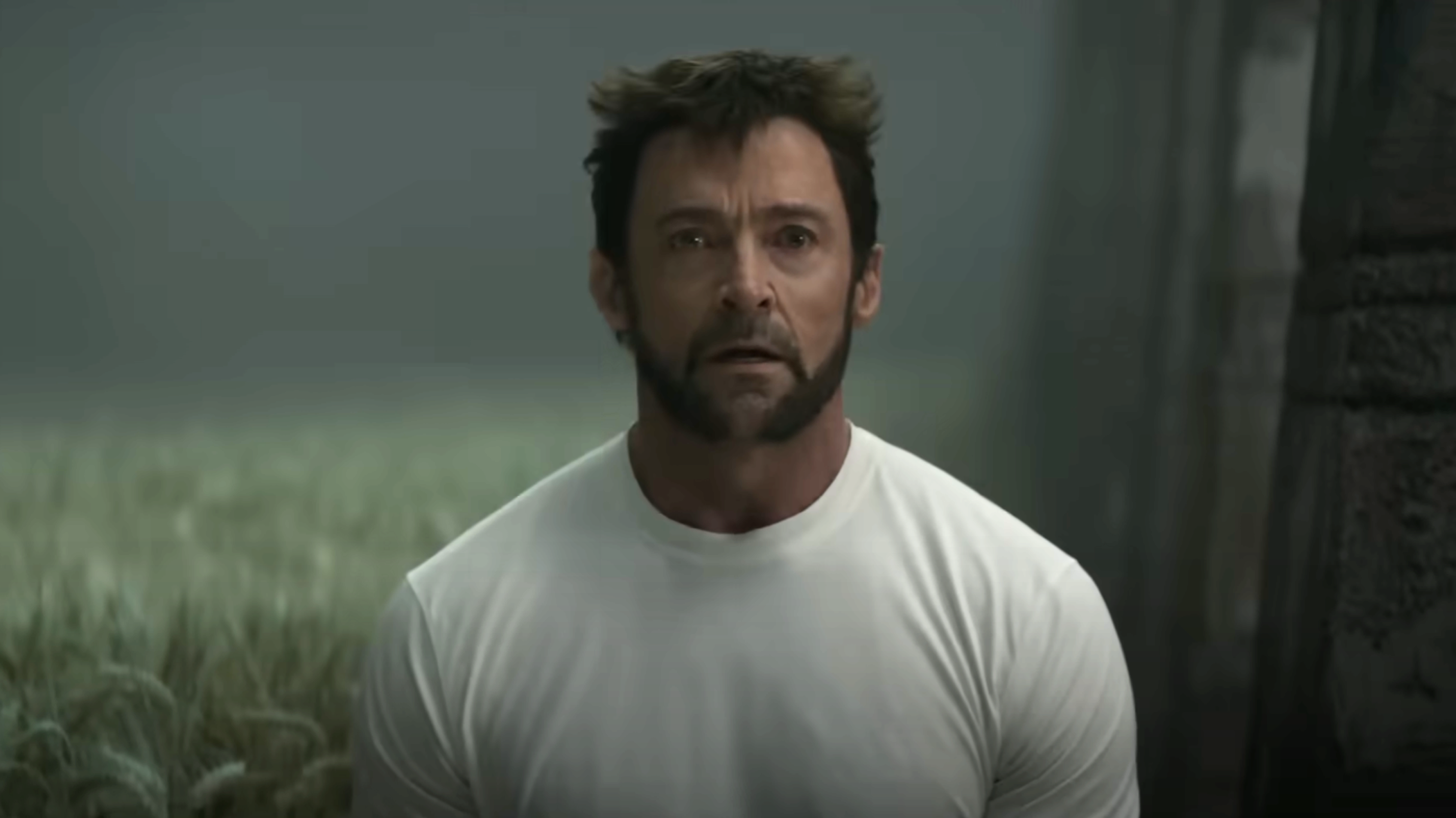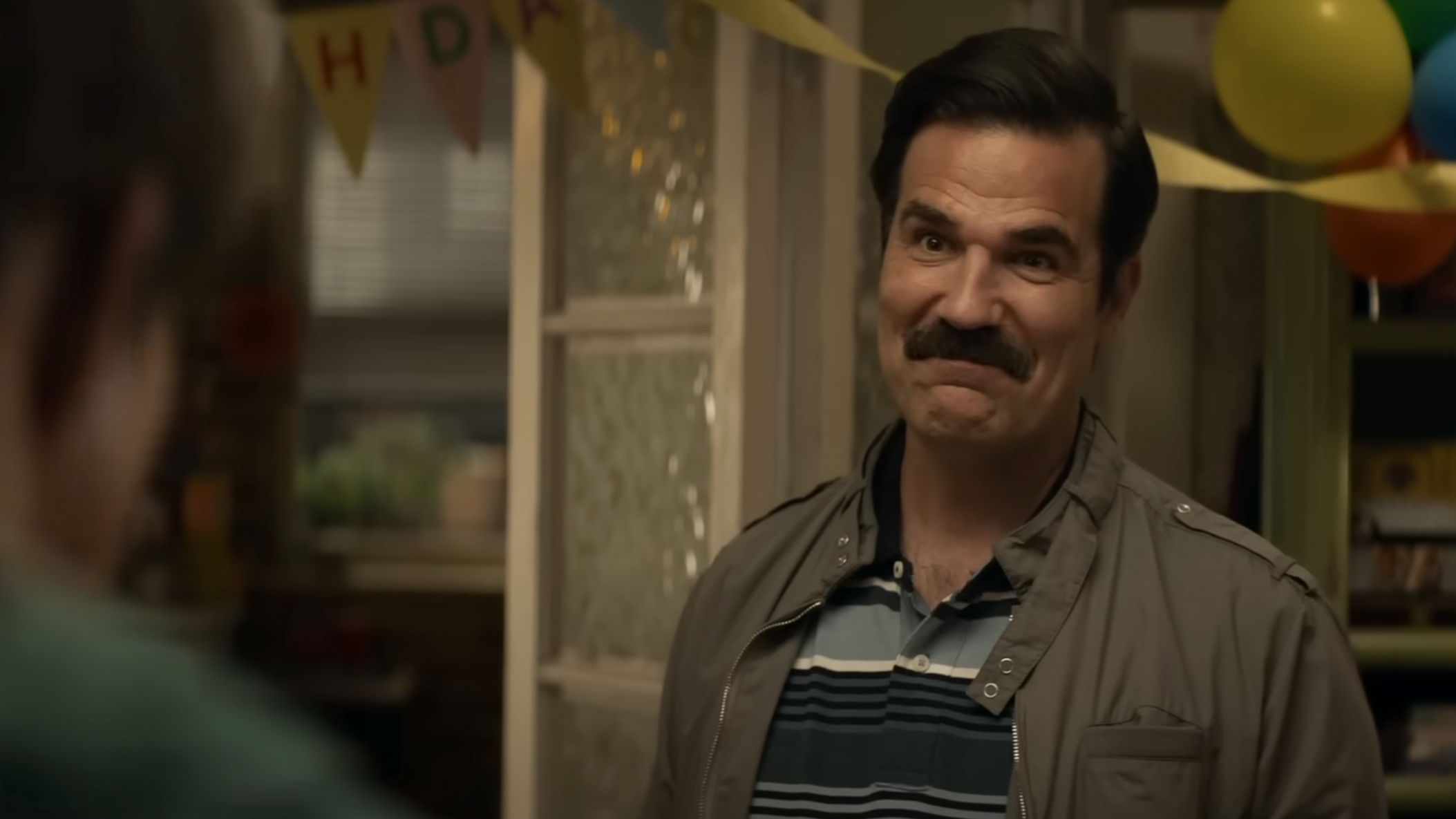I won't be streaming Deadpool & Wolverine this week – for one key reason
Deadpool & Wolverine is now streaming – but I'll wait for the 4K Blu-ray

I loved the original Deadpool movie and its sequel – so when the news dropped that the smash-hit third instalment, Deadpool & Wolverine, would be available for streaming come 1 October, I was super-pleased. It's now available to stream on Amazon Prime Video and Apple TV (also Sky Store in the UK and Fandango in the US).
Disney+ could become your new best streaming service later on this year – which is where the movie will arrive after its digital purchase and rental periods elapse. There's no official time on that, however, with best guesses suggesting towards the end of the year. An ideal holly-jolly holiday period movie, no doubt.
But I'm not going to pay to stream the Ryan Reynolds (as Deadpool) and Hugh Jackman (as Wolverine) movie right now for a key reason – there's a better version coming before the month is over. One that I'd not anticipated: the Walt Disney Studios Motion Pictures production will be released to physical media.
That means there will be a 4K Blu-ray version – and I'm going to wait for that release. It's coming out 22 October, as stated in Marvel Studios' official post (edit: it's officially 4 November in other regions, such as the UK). I'd not expected this, as back in 2023 I'd written about how Disney was to cease producing physical media – and that the death of Blu-ray, replaced by streaming services, would be a loss for us all.
So why not just pay the rental cover charge when the movie drops? The 4K Blu-ray does cost a little more, after all (but not much, as you can see in the shopping widget embedded below). But, first off, I want to own this movie – as I can then watch it whenever I wish, rather than for a limited time period. There are also two steelbook options, which look great.
Second, the physical version will be of better quality. There's a lot to unpack here: but Marvel confirms that the 4K Blu-ray movie will be 66GB. Streaming in 4K won't hit that rate. Take Disney+, for example: it's recommended you have a 25Mbps stream (which is 3.125MB/s – megabits are very different to megabytes), but the company suggests you'll use approximately 7.7GB per hour (so even less, 2.14MB/s), so 15.4GB over a movie's 2-hour runtime.
Granted, a higher number doesn't guarantee better results, and compression codec types can do some miraculous things from relatively small files. But I believe the 4K Blu-ray will just have the edge over the streaming version when it comes to black-level nuance and gradation smoothness. It's the first time in years that Disney has committed to Dolby Vision on a physical release, too, so there's no high dynamic range (HDR) compromise whatsoever.
Get all the latest news, reviews, deals and buying guides on gorgeous tech, home and active products from the T3 experts
Granted, a higher number doesn't guarantee better results, and compression codec types can do some miraculous things from relatively small files. But I believe the 4K Blu-ray will just have the edge over the streaming version when it comes to black-level nuance and gradation smoothness. It's the first time in years that Disney has committed to Dolby Vision on a physical release, too, so there's no high dynamic range (HDR) compromise whatsoever.
Third up, it's the sound quality. I'm rather spoilt, with one of the best TVs and one of the best soundbars setup at home. This combination of Philips OLED 809 (plus Ambilight) and an LG S95TR with 9.1.5 surround sound (including physical rear speakers) is a dreamy home cinema experience.
Now, all the major streaming services do support Dolby Atmos – but there have been various issues with Atmos being downgraded to 5.1 output in some cases, for example. Besides, streaming services offer the compressed Dolby Digital+ format, while a 4K Blu-ray is lossless Dolby TrueHD – so a similar step up in audio as per the image quality argument.








I had fully intended to watch Deadpool & Wolverine at the cinema, as that's the true best-of-best way to watch, but lack of availability at my go-to theatre – the movie has been super-popular, amassing over $1.3-billion to date since its July launch – meant I sadly missed out on that opportunity.
Theatrical digital files are far larger than a 4K Blu-ray with HEVC compression, at circa four times the size, and with Dolby Atmos physical installs that far surpass at-home setups, it's clearly the way to watch. But in getting as close to that as possible? I'll await the 4K Blu-ray at home – as that's how I think Deadpool & Wolverine will look its absolute best and I'm willing to wait and pay for the pleasure of that.

Mike is T3's Tech Editor. He's been writing about consumer technology for 15 years and his beat covers phones – of which he's seen hundreds of handsets over the years – laptops, gaming, TV & audio, and more. There's little consumer tech he's not had a hand at trying, and with extensive commissioning and editing experience, he knows the industry inside out. As the former Reviews Editor at Pocket-lint for 10 years where he furthered his knowledge and expertise, whilst writing about literally thousands of products, he's also provided work for publications such as Wired, The Guardian, Metro, and more.

